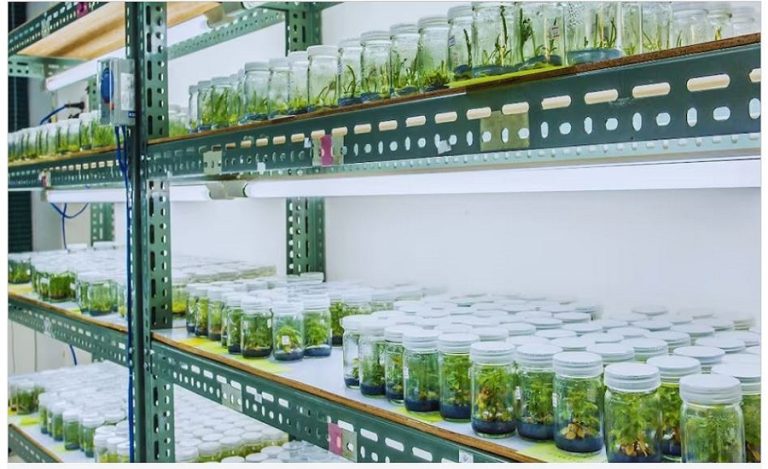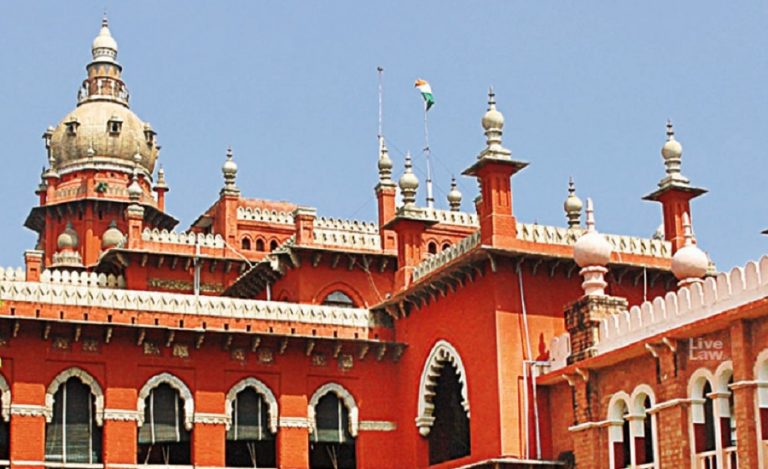With railway infrastructure wreaking havoc on wildlife, the Wildlife Institute of India (WII), Dehradun, has proposed seven-metre-high and 30-metre-wide overpasses and underpasses in vulnerable areas. In the case of two or triple-parallel railway lines, the breadth could be much greater.
WII’s general recommendations for railway mitigation measures include ramps in elephant habitats, level crossings with rubber surfaces for wildlife mobility, and intrusion-based monitoring systems based on distributed acoustic sensing (DAS) in elephant habitats.
On Thursday, a three-day session on recommendations to reduce the impact of railway infrastructure on elephants and other species began at WII. The Indian Railways has identified roughly 105 sites for mitigating structures. In Uttarakhand, Uttar Pradesh, West Bengal, Nagaland, Assam, Arunachal Pradesh, Odisha, Jharkhand, Kerala, Karnataka, Tamil Nadu, and Andhra Pradesh, 107 elephant observation points have been discovered.
To safeguard tigers, 17 critical segments of railway lines cutting tiger reserves in Madhya Pradesh and Maharashtra have been identified for mitigating measures. These include Katni-Singrauli, Betul-Itarsi, Betul-Chhindwara, Nainpur-Balaghat, Nagpur-Chhindwara, Dewhadi-Gobarwahi, Dewhadi-Gondia, Nagbhid-Wadsa, Nagbhid-Mul-Chandrapur, Chandrapur-Rajura-Kagaznagar, Chanda Fort-Gondia lines among others.
According to WII scientists and specialists present at the workshop, around 200 elephants and over a dozen tigers died in India as a result of trains between 2010 and 2021. The MoEFCC, forest departments, and railways have announced a joint initiative to address the issue.
The workshop was organized by the MoEFCC’s Project Elephant Division and the WII’s Elephant Cell, and it brought together a broad collection of people committed to finding long-term solutions to the problem of wildlife mortality on railway tracks.
“This workshop is a call to action, a bridge between progress and preservation. It is not only our responsibility to optimize railway operations, but also to ensure that our infrastructure coexists with the diverse fauna that graces our land,” stated WII director Virendra Tiwari.
WII scientist Bilal Habib emphasized that by improving our understanding of elephant behavior, migration patterns, and the habitats they inhabit, initiatives can be customized to limit the hazards railways bring to them.
“We must incorporate global best practices and technology into our railway infrastructure.” Early warning systems, animal corridors, and habitat preservation projects can all play a role in reducing wildlife mortality, according to Mr. Habib.

































